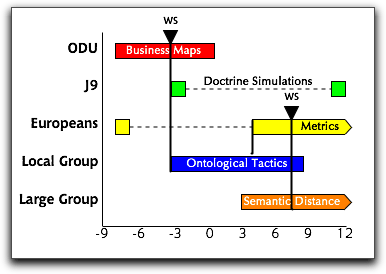There are post-tensioning applications in almost all facets of construction. In building construction, post-tensioning allows longer clear spans, thinner slabs, fewer beams and more slender, dramatic elements. Thinner slabs mean less concrete is required. In addition, it means a lower overall building height for the same floor-to-floor height. Post-tensioning can thus allow a significant reduction in building weight versus a conventional concrete building with the same number of floors. This reduces the foundation load and can be a major advantage in seismic areas.
A lower building height can also translate to considerable savings in mechanical systems and façade costs. Another advantage of post-tensioning is that beams and slabs can be continuous, i.e. a single beam can run continuously from one end of the building to the other. Structurally, this is much more efficient than having a beam that just goes from one column to the next.
Post-tensioning is the system of choice for parking structures since it allows a high degree of flexibility in the column layout, span lengths and ramp configurations. Post-tensioned parking garages can be either stand-alone structures or one or more floors in an office or residential building. In areas where there are expansive clays or soils with low bearing capacity, post-tensioned slabs-on-ground and mat foundations reduce problems with cracking and differential settlement.
Post-tensioning allows bridges to be built to very demanding geometry requirements, including complex curves, variable superelevation and significant grade changes. Post-tensioning also allows extremely long span bridges to be constructed without the use of temporary intermediate supports. This minimizes the impact on the environment and avoids disruption to water or road traffic below. In stadiums, post-tensioning allows long clear spans and very creative architecture. Post-tensioned rock and soil anchors are used in tunneling and slope stabilization and as tie-backs for excavations. Post-tensioning can also be used to produce virtually crack-free concrete for water-tanks.



 The wing wall to a highway bridge abutment shows random surface cracks and spalling several years after construction.
The wing wall to a highway bridge abutment shows random surface cracks and spalling several years after construction.




.jpg)



.jpg)


.jpg)
